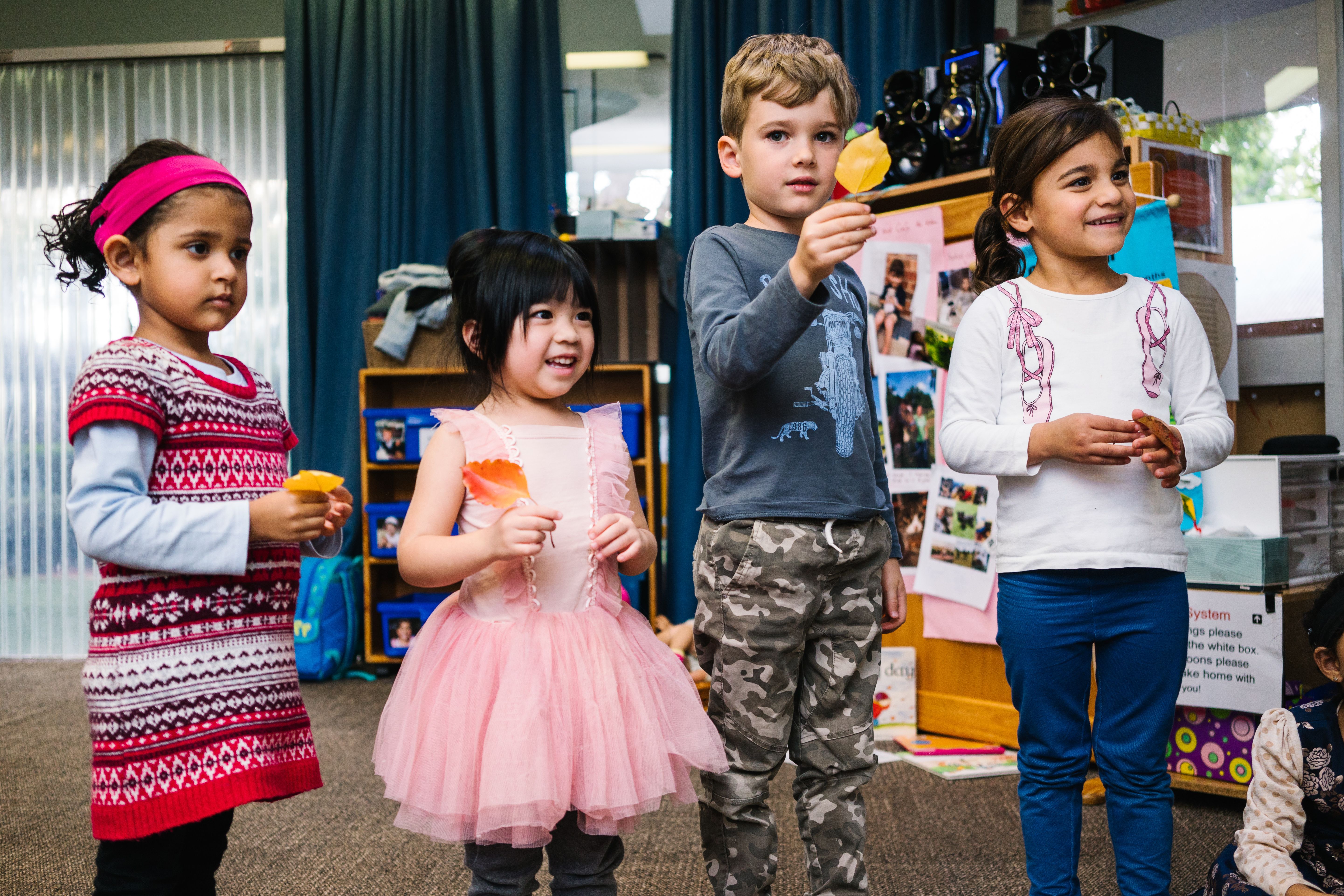If you have a topic in mind, use the search below to quickly find all our related information and articles.

Tips on raising a multilingual child
There are many benefits to speaking to your child in a language other than English at home. Besides from their being able to speak with you and your family in a language that you may be more comfortable in, experts have shown that children who learn more than one language demonstrate enhanced cognitive development, can have improved memory and concentration, and are better at solving problems.
Last updated: September 4, 24
Tips on raising a multilingual child
Last updated: September 4, 24
Reading with toddlers
Last updated: September 4, 24
Talking and reading with babies
Last updated: April 3, 24
How to model good screen practices for your child
Last updated: March 25, 24